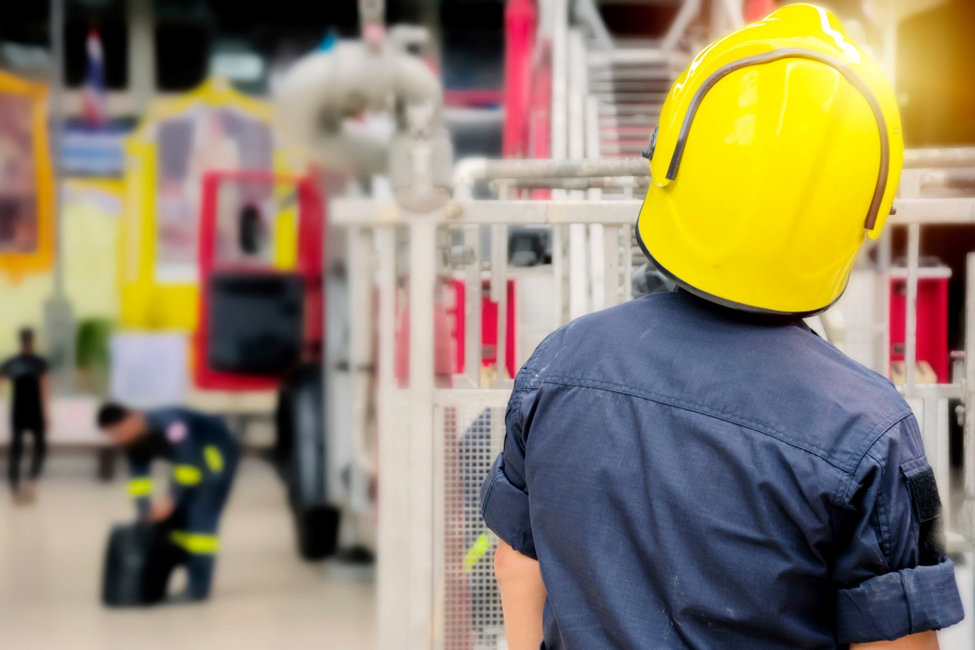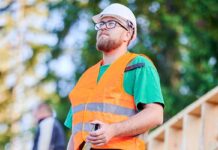Fire safety—it’s not just about having a smoke detector and hoping for the best. It’s about ensuring that everyone in a building, whether working, living, or just passing through, is safe from the dangers of fire.
But how do you know if a building is truly safe? That’s where a fire risk assessment comes in, and for more complex structures, you might need something as thorough as a level 3 fire risk assessment.
What is a Fire Risk Assessment?
Imagine that you’re in charge of a large office building. It’s not just your responsibility to keep the lights on and the doors open; it’s also your job to ensure that the building is safe from fire hazards. A fire risk assessment is your roadmap for doing just that.
At its core, a fire risk assessment is a systematic evaluation of your building’s potential fire hazards, the risks associated with them, and the measures you’ve got in place to minimize those risks. It’s a systematic process to identify potential fire hazards and evaluate the risks they pose. This helps you understand how likely a fire is to occur and the potential consequences if it does. It’s like taking a good, hard look at your building’s fire safety setup and asking, “What could go wrong here, and what can we do to prevent it?”
This process involves identifying potential ignition sources (like faulty wiring or overloaded electrical outlets), evaluating who might be at risk (everyone from employees to visitors), and checking out the existing fire safety measures (like fire alarms, extinguishers, and escape routes). But it doesn’t stop there—after identifying these factors, you’ll need to determine whether the current safety measures are sufficient or if more needs to be done. Usually, the safety measures are adequate when the fire safety equipment in a commercial building is in compliance with the updated changes to fire safety Approved Document B.
What Are the Different Levels of Fire Risk Assessment?
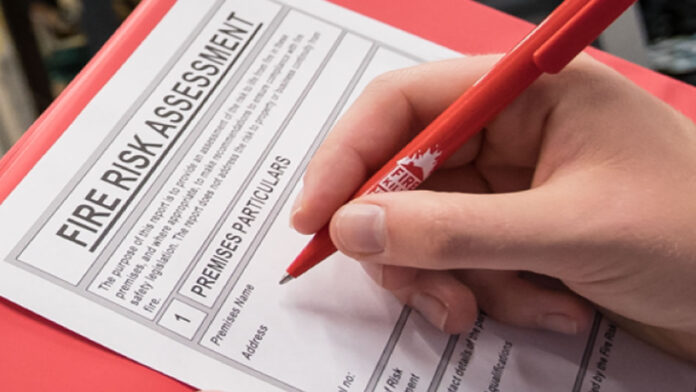
Fire risk assessments come in various levels, each tailored to different types of properties and businesses. Depending on the complexity of the building, the number of people using it, and the activities going on inside, different levels of assessment are required. Level 1 is suitable for low-risk premises, while Level 2 is for medium-risk properties. Level 3 is more serious. Here’s a rundown on the different levels:
- Level 1 Fire Risk Assessment ─ This is the most basic level, often used for smaller buildings with straightforward layouts. It involves a general look at the fire hazards and risks.
- Level 2 Fire Risk Assessment ─ A step up from level 1, this involves a more detailed inspection. It’s typically used for buildings that have more complex layouts or higher occupancy.
- Level 3 Fire Risk Assessment ─ Now, this is where things get serious. A level 3 fire risk assessment are typically required for high-risk premises, such as those with large numbers of people, hazardous materials, or complex fire protection systems. These assessments are more comprehensive and involve a detailed analysis of the property, including its layout, occupancy, and fire protection measures.
So, what sets a level 3 fire risk assessment apart? It’s all about depth. This isn’t just about ticking boxes on a checklist; it’s a comprehensive examination of how the building’s design and use impact its fire safety. It considers things like the materials used in construction, the fire safety systems in place, and even how the building’s occupants would evacuate in the event of a fire. It’s the kind of assessment that leaves no stone unturned, ensuring that every possible fire risk is identified and addressed.
Who Conducts a Fire Risk Assessment?
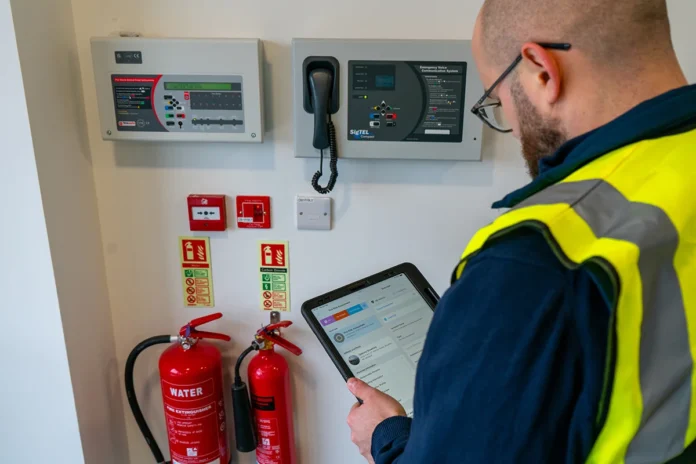
You might be wondering who’s qualified to carry out such an important task. Well, a fire risk assessment isn’t something just anyone can do—especially when it comes to a level 3 fire risk assessment.
Typically, a fire risk assessment is conducted by a “competent person.” This could be someone within your organization who has the necessary training and experience, or it could be an external specialist. For more straightforward assessments (like level 1 or 2), someone with a good understanding of fire safety principles might be enough. But when you’re dealing with something as complex as a level 3 fire risk assessment, it’s usually a job for a professional fire risk assessor.
These assessors are trained to understand the specific fire risks associated with different types of buildings and to evaluate the effectiveness of fire safety measures. They know what to look for, what questions to ask, and how to interpret the results. After the assessment, they’ll provide a detailed report outlining their findings and recommendations, which you can use to improve your building’s fire safety.
Why Go Through This Procedure?
There are several reasons why conducting a fire risk assessment is crucial. First, it helps you comply with fire safety regulations. Second, it can reduce the likelihood of a fire occurring. Third, it can minimize the potential damage and disruption caused by a fire. Fourth, it can improve your property’s insurance premiums.
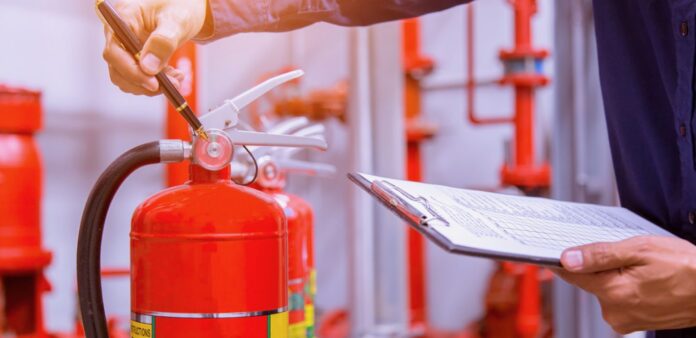
Conclusion
A fire risk assessment is not just a legal requirement; it’s a proactive step to protect your property and the people within it. By understanding the different levels of fire risk assessment, especially Level 3, you can take the necessary measures to mitigate potential fire hazards and create a safer environment. Remember, a fire risk assessment is an ongoing process. Regular reviews and updates ensure that your property remains protected from fire-related risks.

